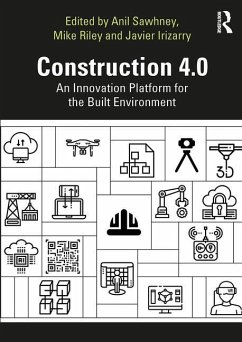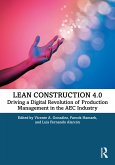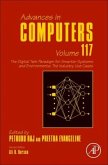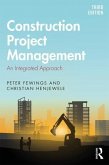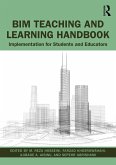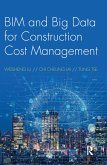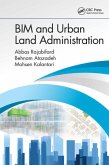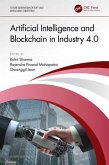Modelled on the concept of Industry 4.0, the idea of Construction 4.0 is based on a confluence of trends and technologies that promise to reshape the way built environment assets are designed, constructed, and operated.
With the pervasive use of Building Information Modelling (BIM), lean principles, digital technologies, and offsite construction, the industry is at the cusp of this transformation. The critical challenge is the fragmented state of teaching, research, and professional practice in the built environment sector. This handbook aims to overcome this fragmentation by describing Construction 4.0 in the context of its current state, emerging trends and technologies, and the people and process issues that surround the coming transformation.
Construction 4.0 is a framework that is a confluence and convergence of the following broad themes discussed in this book:
Industrial production (prefabrication, 3D printing and assembly, offsite manufacture)
Cyber-physical systems (actuators, sensors, IoT, robots, cobots, drones)
Digital and computing technologies (BIM, video and laser scanning, AI and cloud computing, big data and data analytics, reality capture, Blockchain, simulation, augmented reality, data standards and interoperability, and vertical and horizontal integration)
The aim of this handbook is to describe the Construction 4.0 framework and consequently highlight the resultant processes and practices that allow us to plan, design, deliver, and operate built environment assets more effectively and efficiently by focusing on the physical-to-digital transformation and then digital-to-physical transformation. This book is essential reading for all built environment and AEC stakeholders who need to get to grips with the technological transformations currently shaping their industry, research, and teaching.
With the pervasive use of Building Information Modelling (BIM), lean principles, digital technologies, and offsite construction, the industry is at the cusp of this transformation. The critical challenge is the fragmented state of teaching, research, and professional practice in the built environment sector. This handbook aims to overcome this fragmentation by describing Construction 4.0 in the context of its current state, emerging trends and technologies, and the people and process issues that surround the coming transformation.
Construction 4.0 is a framework that is a confluence and convergence of the following broad themes discussed in this book:
Industrial production (prefabrication, 3D printing and assembly, offsite manufacture)
Cyber-physical systems (actuators, sensors, IoT, robots, cobots, drones)
Digital and computing technologies (BIM, video and laser scanning, AI and cloud computing, big data and data analytics, reality capture, Blockchain, simulation, augmented reality, data standards and interoperability, and vertical and horizontal integration)
The aim of this handbook is to describe the Construction 4.0 framework and consequently highlight the resultant processes and practices that allow us to plan, design, deliver, and operate built environment assets more effectively and efficiently by focusing on the physical-to-digital transformation and then digital-to-physical transformation. This book is essential reading for all built environment and AEC stakeholders who need to get to grips with the technological transformations currently shaping their industry, research, and teaching.

